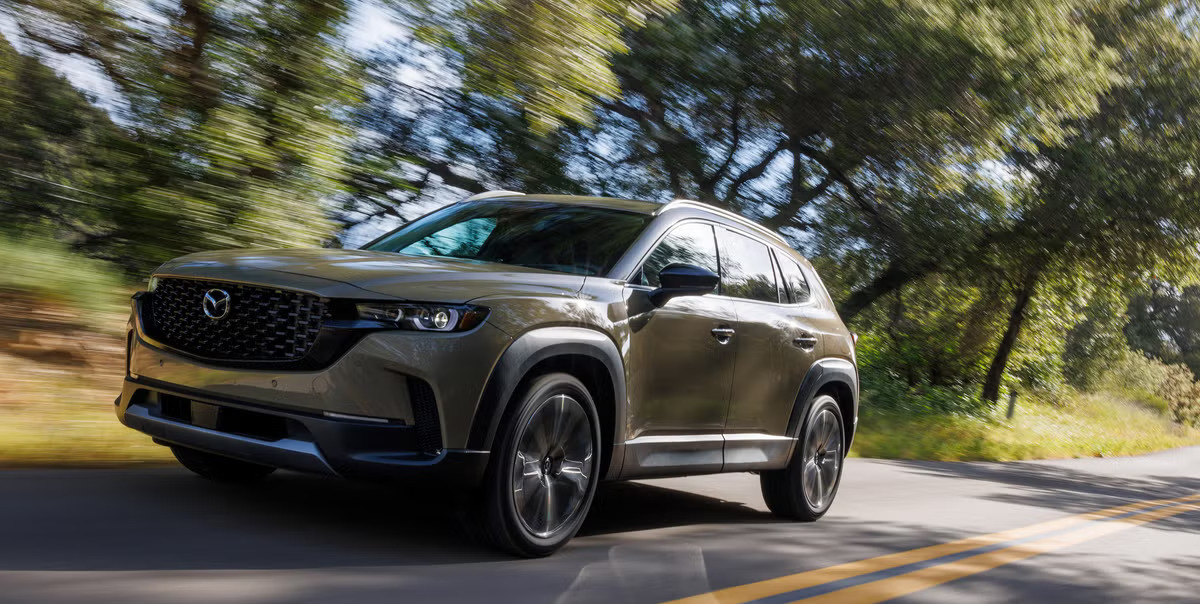The second-generation Mazda CX-5 will celebrate its eighth anniversary next week, having made its debut at the 2016 Los Angeles Auto Show. Consistently one of Mazda’s best-selling vehicles in the United States, the CX-5 has remained a key part of the brand’s lineup. While the CX-50 is often seen as a successor, Mazda has emphasized that the two models cater to different needs. The next-generation CX-5 will be redesigned as part of Mazda’s broader Phase 2 strategy, which focuses on shifting toward electrification between 2025 and 2027.
One of the biggest changes for the next CX-5 is the introduction of a new hybrid powertrain, developed entirely in-house by Mazda. This will be a significant departure from the CX-50 Hybrid, which relies on Toyota-sourced components. Mazda’s new hybrid powertrain aligns with the company’s push to increase its electrified vehicle options. In addition to the hybrid, the new CX-5 will be simpler and more streamlined. Mazda intends to reduce the model’s complexity by 60%, cutting back on the number of trims and equipment, which means the new CX-5 will offer a more focused and less complicated lineup compared to the current eight trims available in the U.S.

Looking to the future, Mazda plans to introduce a new electric vehicle in 2027, which will be built on a dedicated platform. This platform could also include plug-in hybrid variants, which would offer a more cost-effective option if the adoption of fully electric vehicles is slower than expected. Mazda is also progressing with plans for an electric crossover through its partnership with Changan Mazda. The project was previewed by the Arata concept at the Beijing Auto Show earlier this year, signaling Mazda’s commitment to expanding its electric vehicle offerings.
In addition to electric and hybrid vehicles, Mazda is working on advancing its internal combustion engine technology. A new Skyactiv-Z engine is set to debut in 2027, which will replace the current Skyactiv-G and Skyactiv-X engines. This new engine will promise improved fuel efficiency, enhanced driving performance, and reduced environmental impact. The Skyactiv-Z will use a new “lambda one combustion method” to improve thermal efficiency and optimize fuel usage across a broad range of driving conditions, making it a significant step forward in Mazda’s engine development.
Beyond 2027, Mazda’s Phase 3 plan, which will span from 2028 to 2030, will focus on a large-scale rollout of electric vehicles. Though details about this phase remain scarce, Mazda has committed to significantly expanding its electric vehicle lineup during this period. Alongside this, Mazda will continue to streamline its internal combustion engine offerings while advancing its rotary engine technology, ensuring that it meets future emissions standards. This approach will allow Mazda to balance its electrification efforts with its commitment to traditional engine technologies, positioning the brand for the future of the automotive industry.

